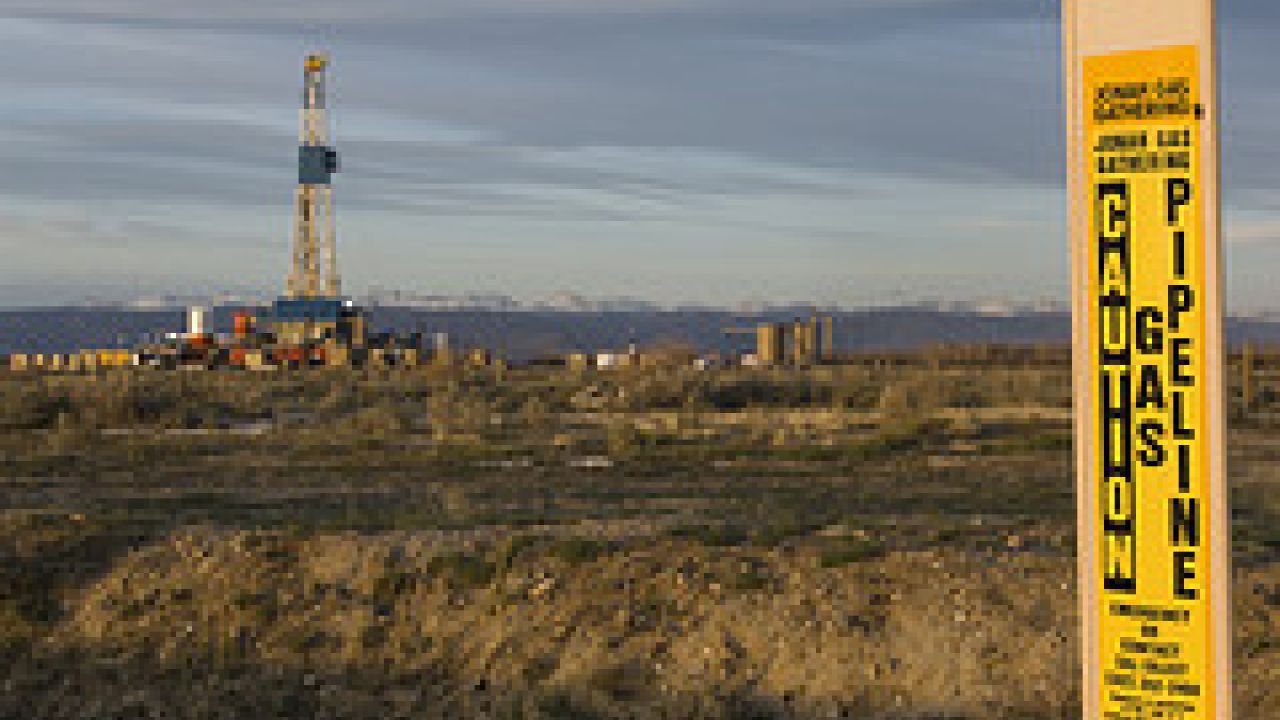
The boom in natural gas drilling across the United States has spawned well-warranted fears that the fluids and chemicals used to free the gas from surrounding rock could pose a risk to drinking water supplies that tens of millions depend on.
Until recently, most of the attention was focused on a cluster of carcinogenic and toxic petroleum derivatives, including benzene, toluene, ethylbenzene and xylene, but government documents have now raised the unsettling possibility that another notorious substance may be turning up in the millions of gallons of wastewater generated by drilling operations.
Documents uncovered by the NY Times suggest Chromium-6 in fracking waste water
That substance is hexavalent chromium, also called chromium-6, the industrial contaminant that was at the heart of the devastating water pollution case in Hinkley, Calif., which was chronicled in the hit 2000 movie, Erin Brockovich.
The documents, uncovered by The New York Times in connection with a series of three stories on the environmental hazards linked to the gas drilling boom and the extraction technique known as hydraulic fracturing, come from the West Virginia Department of Environmental Protection.
They are far from conclusive, but in one of them, dated July 23, 2009, an official of the agency listed chromium-6 as one of several "pollutants of concern associated with oil and gas-related wastewaters" that might contaminate wastes sent to sewage treatment plants in that state. Hydraulic fracturing, or "fracking," involves injecting a toxic mix of water, chemicals and sand into wells drilled vertically and horizontally thousands of feet into the ground in order to crack open rock formations and free the trapped gas.
The chromium-6 in the Hinkley case came from industrial pollution, and it's not clear how the carcinogenic substance might get into gas drilling wastes. It could be a contaminant in the chemical stew used in fracking fluids, but it also occurs naturally in the ground, so the possibility exists that it might picked up there by fracking fluids pumped into deep gas wells under enormous pressure and then discarded after the drilling is complete.
Chromium-6 in drinking water is "likely carcinogenic"
Three months ago, chromium-6 was the focus of a nationwide survey released by the Environmental Working Group that found the substance in tests of drinking water samples from 31 of 35 U.S. cities. Within days of the EWG report, the Environmental Protection Agency announced that it would conduct its own study of the issue and offered assistance to water utilities seeking to test for it. Based on recent research, the agency has concluded that chromium-6 in drinking water "is likely to be carcinogenic to humans."
One of the cities whose water was tested by EWG was Pittsburgh, which had a chromium-6 concentration of 0.88 parts per billion (ppb), ninth highest of the 35 cities EWG tested. California health officials have proposed a "public health goal" of no more than 0.02 ppb in drinking water in order to protect against excess cancer risk, the first step toward setting a legally permissible limit. Because chromium-6 is difficult and expensive to remove from water, however, the legal limit is likely to be considerably higher than the public health goal.
For Now: More questions than answers
By coincidence, the West Virginia official who raised the issue in 2009 was specifically concerned about drilling wastes being sent to a plant in West Virginia that discharges its treated water into the Monongahela River, upstream of Pittsburgh. The river is a major source of drinking water for the area.
For now, the West Virginia documents raise more questions than answers, and they are questions that need to be addressed urgently as gas drilling expands dramatically across the country, including in the Northeast and Mid-Atlantic states located above the gas-rich Marcellus shale formation. Among them:
- To what extent does chromium-6 turn up in gas drilling wastewater?
- Did the West Virginia treatment plant accept and treat drilling wastewater?
- Do other treatment plants along the Monongahela and elsewhere accept drilling wastewater that may be laced with chromium-6?
- What other possible sources might there be for the chromium-6 found in drinking water in Pittsburgh and other cities?
[Thanks to Flickr CC & Wyoming: Upper Green River Valley for the image]



